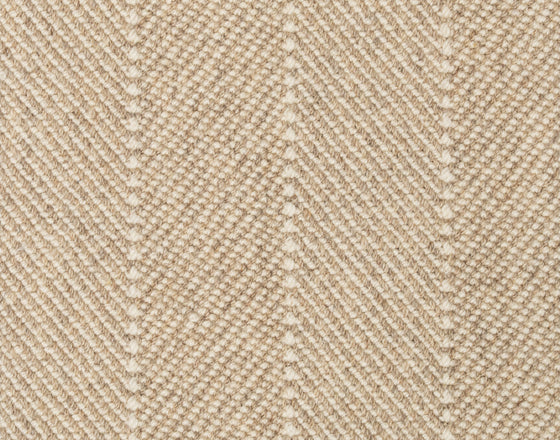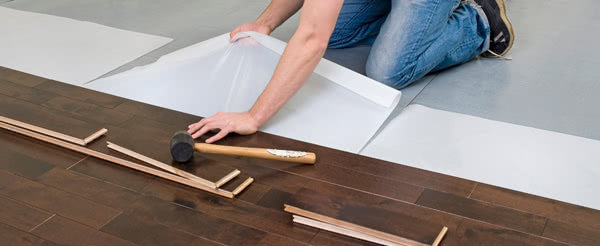When selecting a new hardwood floor for your home, there can be some uncertainty and anxiety when confronted with installation choices. There are three different types of installations regarding engineered hardwood, each with its own pros and cons.
Floating Hardwood Installation

The first type of installation is called “floating”. This simply means the floor is interlocked with itself and at no point attached to a sub floor. Over the years, floating systems have been developed that are now widely used by developers in residential new-construction settings.
Floating floors are great for folks who are concerned about raising the overall floor height, or simply want to avoid the necessity of plywood. These types of installations require a moisture barrier and at times, a form of sound abatement. They are usually the most economical choice as glue and the additional labor associated with nail/glue installations are not factors.
One disadvantage of this type of installation is that the floor can move when walked on. This is not a defect and is inherent in these installations. Also when making a repair to these floors, it is not uncommon to remove a large selection of flooring to exchange a single board.
Glue-Down Hardwood Flooring Installation

The second type of installation is a glue down flooring system. Here, the hardwood is engineered to be glued to a substrate. These types of floors are great for customers who want the look and feel of a solid hardwood installation. Glue down installations can be slightly more expensive than floating systems. Again, one must purchase a moisture barrier and a potential form of sound abatement if required.
Here, the under-layments must be glued and not simply rolled out as a floating system would require. The process for repairing these floors is easier as a single plank can usually be removed and exchanged without disturbing the surrounding planks.
Nail Down Hardwood Flooring Installation

The final type of installation is a nail-down floor. These floors tend to be the most costly due to the subfloor requirements and the nature of the product itself. Most nail down installations can be refinished multiple times. Typically, there needs to be 3 ⁄ 4 of an inch of solid plywood to nail into for these installations. Also, it is not uncommon to have nail-down installations be limited to on or above grade depending on product selection.
No matter what installation type you go with, all hardwood installations require proper acclimation and strong adherence to manufacturer guidelines to maintain product warranties.











